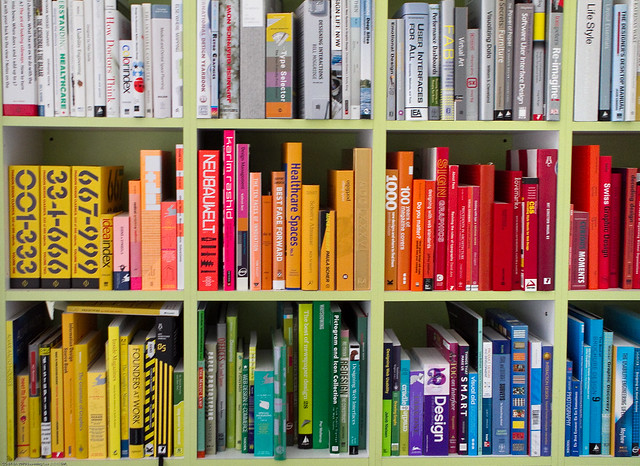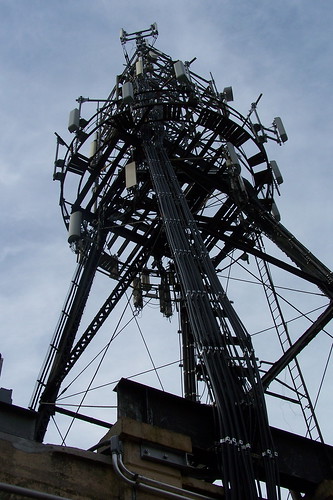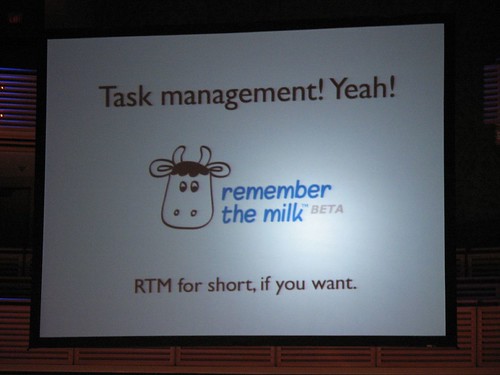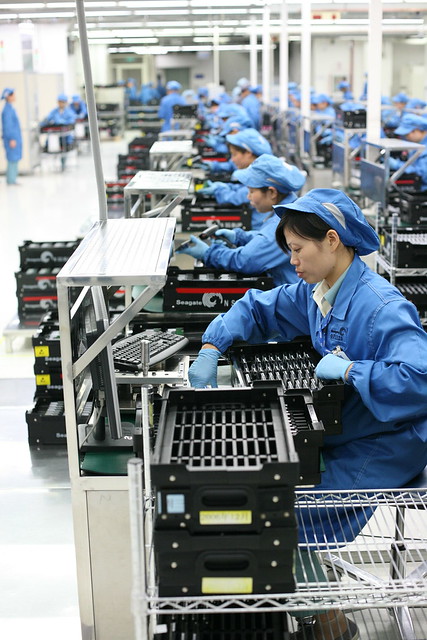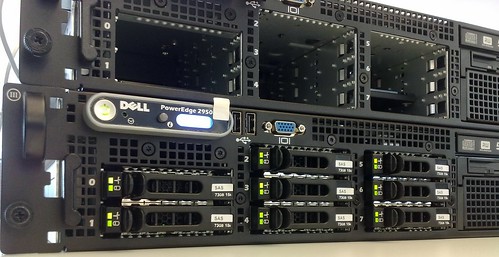Finding any place that would rent one was tough, at least on the Peninsula south of San Francisco. In the end, I found a place in San Francisco that would rent me the particular type of bike that I was thinking about buying. They also (reluctantly) agreed to let me take home the charger so I could use it for several days over the weekend.
So, on Friday, I rode the bike from the rental place to my office in the city, on to a dentist appointment in Glenn Park, and the back to Woodside by way of Skyline drive, the sawyer camp trail, and then Canada road. The last stretch - 30 miles, took me about 3 hours and left me pretty sore and exhausted.
How could I be sore when I'm riding an electric bicycle. First, no matter what you do, the seats on bike are clearly not made for normal people. More importantly, I made a mistake in picking Skyline drive. These bikes are electrically assisted. That means you still have to pedal.
And with Skyline drive, you've got to keep pedaling and pedaling and pedaling to get to the top. I was totally unaware of just how much elevation you have to gain on that route. 5 miles into the route, the battery was down below 50% and I was imagining and truly exhausting slog home. Indeed, these electric bikes are heavier than regular bikes, so the most basic level of assistance just tends of even out the effect of the heavier bike.
At the top level of assistance, you can really cruise. Even uphill, it feels like you're riding on flat terrain. It's quite thrilling and would have been more fun, had I not been worried about not making it home with any juice left in the battery.
Once I crossed the top of skyline, the gentle downhill the rest of the trip was relaxing, beautitful, but still tiring. By the time I got home, there was still some juice in the battery, but none left in my legs. Overall, a great experience and I can easily see how using it will actually make you fitter. It's not nearly as exhausting as riding the bike without assistance, but it's no car ride.
 |
| Great Views On The Ride Down, Photo Flickr, CC Marc Smith |



